Full Guide To Peach Sapphire vs. Morganite (Make The Best Choice For You!)
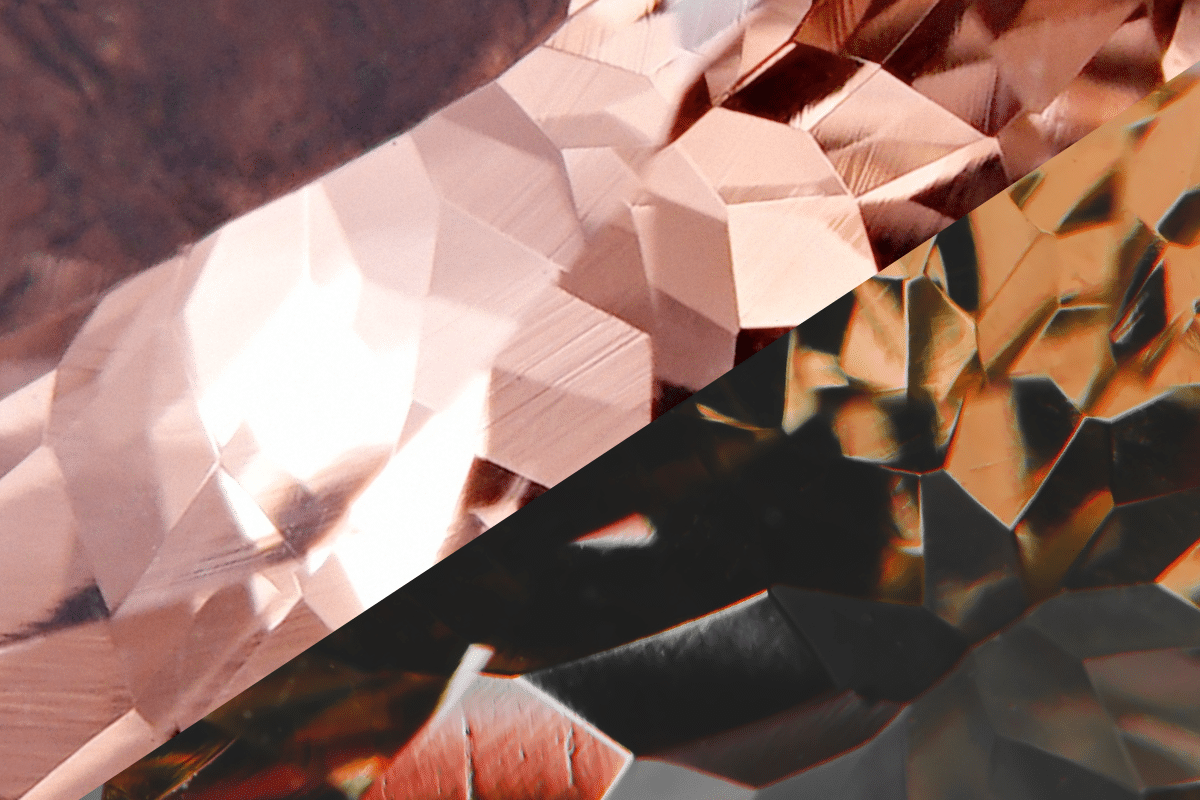
With crystals that look similar or have similar uses, such as peach sapphire and morganite, it can be difficult to determine which one to wear or work with! If you’re thinking about buying either of these stones for their metaphysical uses, the answer should always be; the one that you are drawn to the most. However, there are different considerations to think of when you’re looking for a stone as part of jewelry. If you are looking to find the difference in physical appearance as well as (metaphysical) properties, you’ll find your answer here.
Peach sapphire is more expensive, durable, and less likely to turn dull. Morganite is still a durable stone and much more affordable. This stone just needs a regular cleaning to keep its shine. Both represent love. Sapphire is also connected to creativity and acceptance, while morganite also represents romance, sweetness, and innocence.
Continue reading if you want to know more about the (physical) qualities of these stones, as well as what they represent (spiritually).
Also read: Lapis Lazuli vs Sapphire: This Is The Difference
Want more help or information? If you have any more questions after reading this blog post or want a personal answer for your specific situation, join the free Facebook group! We promise you’ll get an answer from either our team members or a community member.
Peach Sapphire vs. Morganite – Which One Should You Choose?
In order to understand the difference between these two stones, we can look at the color, shape, pattern, clarity, and more. Below we’ll describe all these aspects in detail.
Composition
Peach sapphire is a precious gemstone consisting of aluminum oxide as well as trace elements of chromium and iron within its composition. These trace elements give the stone a glistering pinkish-orange hue. The stone is also referred to as champagne sapphire due to this shimmering aspect.
Morganite is beryl, just like emerald and aquamarine, that contains aluminum, beryllium, and silicon. Morganite gets its color from trace amounts of manganese.
Both stones are often heat treated to make the stone more pink than orange or improve clarity. Pink is, after all, generally more desired by buyers. Luckily, this treatment does not affect anything apart from the color, and the stone will be just as stable as it was before. The color also won’t fade.
Also read: Full Guide To Aquamarine vs Sapphire (This is the Difference)
Color
Peach sapphire and morganite share similarities in color. Both stones have a notable pinkish coloring but can also come in champagne and peach. Sapphire generally comes in a wider range of orangy and gold colors.
Morganite offers a variety of pink shades, but the peachy pink light shade is the most common. As said, the stones are often heat-treated to get rid of the yellow and orange tint.
If you are looking for a specific shade of morganite or sapphire, we always recommend you make sure to see the stone in person before buying. One sapphire or morganite will not look like the next.


Shine and Clarity
If you’re looking for the most sparkly stone, you’ll probably want to go for a peach sapphire. Its shine is unlike any other. Additionally, morganite is very susceptible to oils and will turn dull when in contact with them. Keep this in mind if you often wear hand creams or anything of that nature. Many find they have to clean their morganite every 1-2 days with some warm water, soap, and a toothbrush to keep the shine. Peach sapphire does not have this issue, so it can go longer without needing to be cleaned.
Both stones are transparent but can be rendered translucent when there are many inclusions.
Morganite and sapphire may also display the cat-eye effect (chatoyance) or exhibit a star-like effect (asterism) in rare cases.
Hardness
Here’s another reason why many would prefer peach sapphire over morganite; sapphire is much, much harder than morganite. The former rates a 9 on the Mohs scale of hardness, while morganite rates 7.5.
If you’re unfamiliar, the Mohs scale of hardness determines a stone’s hardness by measuring how scratch-resistant it is. According to this scale, a stone can scratch any other mineral with a lower score. For reference, talc is a 1, whereas diamond is a 10.
With sapphire having a higher score, it is less likely to scratch but is also just more durable overall. Still, morganite is not by any means considered a soft stone and is a perfectly suitable option for jewelry that is regularly worn. It’s just that sapphire is even more durable, especially for daily wear.
Care
Both stones can be cleaned with warm water, soap, and a soft brush. We never recommend leaving your jewelry or crystals to soak, as it can turn them brittle. Also, make sure to avoid any harsh chemicals, like acetone or alcohol, when cleaning.
Your best option would be to give it a regular clean yourself and take it to a jeweler every year or so for inspection and a potential deeper clean. This way, you’ll be sure to avoid breaking the ring or stone and keep it in the best possible condition.
Location
Peach sapphire is the rarest of all sapphires and can be found in Tanzania, Madagascar, and Sri Lanka. Natural morganite was first discovered in Madagascar. However, there are commercial deposits all over the world, including Mozambique and Namibia. Brazil is the largest morganite producer to date. Interestingly, both morganite and peach sapphire is rarer than diamonds. The reason these stones are cheaper is simply that the demand is lower.
Metaphysical Properties and Meanings
Beware that crystals are never a replacement for professional medical help. If you have any issues, see a doctor first and follow their advice.
Peach sapphire is connected to the heart chakra, which is the reason it is connected to love (for ourselves and others), making this stone a popular one for engagement rings. Other associations are acceptance and creativity.
This sapphire helps to balance emotions, calm the mind, and bring emotional clarity. It helps us understand our feelings, relieves anger, and invites a greater sense of happiness to life.
Morganite has the same connection to the heart chakra and therefore represents love, too. It is also associated with innocence, sweetness, and romance. Additionally, this stone is used to alleviate stress, attract peace, and bring mental clarity to a troubled mind.
Morganite helps to heal emotional wounds, giving space for us to love ourselves and others unconditionally.
Clearly, these stones are very similar in what they are used for and what they represent.
Also read: Full Guide To Morganite vs Rose Quartz (This is the Difference)
Chakra Association
As said, both peach sapphire and morganite are connected to the heart chakra as a result of their pinkish color. If you’re not too familiar with chakras, here’s a quick explanation to help you understand how these crystals work; chakras are the different energy points in our bodies. There are 7, each of them linked to a certain aspect of our lives. We can link each chakra to crystals by color and their properties.
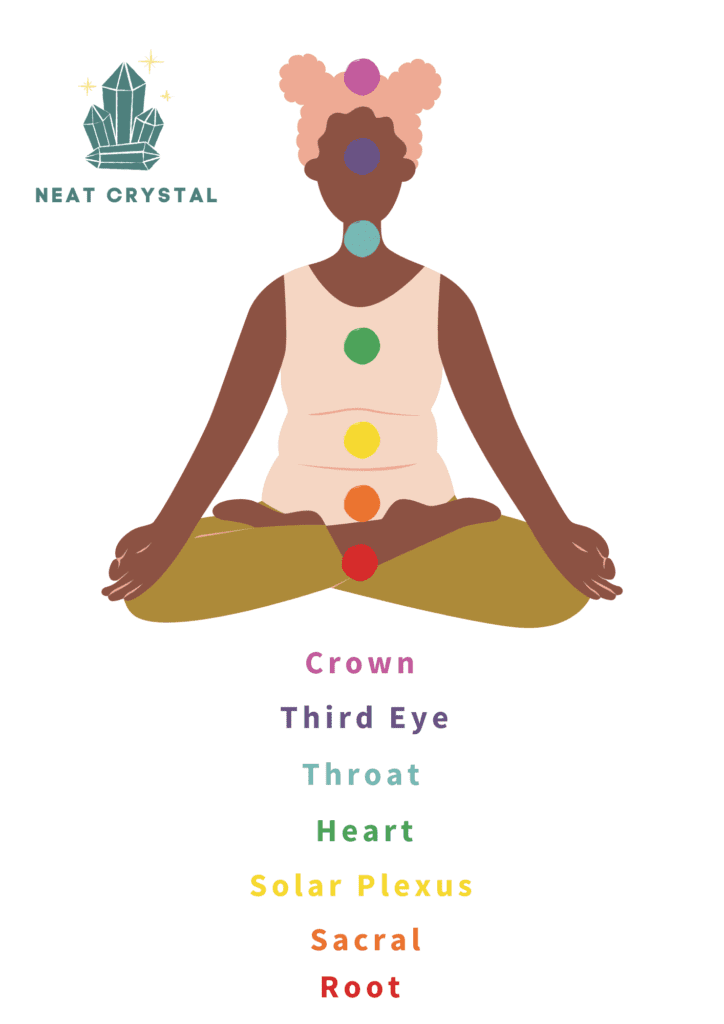
The heart chakra is located in the middle of the chest and represents love, romance, and relationships. Working with this chakra helps to dissolve anger and ego and opens the chakra up to compassion and healing. By stimulating this chakra, the wearer can interact with others and remain authentic to themselves.
Peach sapphires are also connected to the sacral chakra. This chakra is located in the lower part of the abdomen, right below the navel. This is the area associated with sexuality, passion, and creativity. Imbalances in this chakra are seen in an inability to express desires and feelings of betrayal. The stone can be used to restore intimacy and pleasure and promote emotional well-being.
Element Association
With these stones being so similar, it sure isn’t a surprise that they each represent the water element. This element is generally used to represent imagination and feeling. Water also holds a lot of significance across cultures, including protection, cleansing, purity, life, and healing.
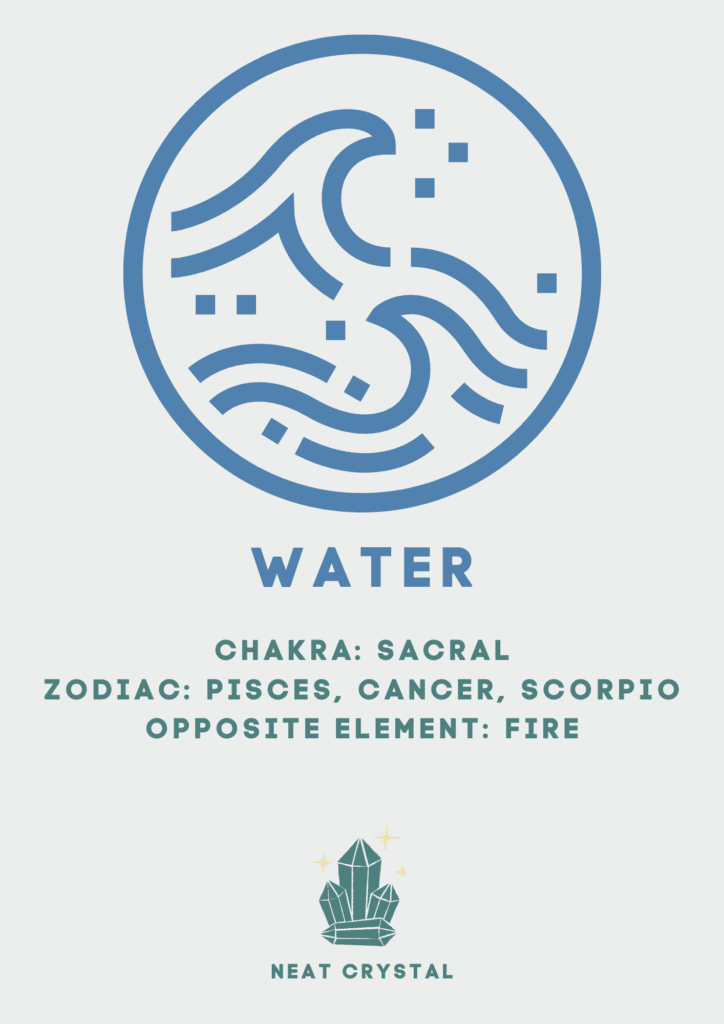
Zodiac Association and Ruling Planets
Although blue sapphire is the birthstone of September Virgos and Libras, peach sapphire isn’t a birthstone for any zodiac sign. Neither is morganite. This, however, does not mean they have no connection to the zodiac signs whatsoever.
Sapphires, in general, are associated with Saturn; the planet of order, discipline, and responsibility. The zodiac sign also ruled by this planet is Capricorn.
However, when looking at peach sapphire’s properties and other associations, it is safe to say Venus, the planet of beauty, luxury, and love, is a perfect match, too. The signs ruled by Venus are Taurus and Libra. Venus is also associated with morganite.
When we say a sign is ‘ruled’ by a planet, it simply means that this planet has more power over the sign than any other planet. Wearing a stone that is associated with your sign helps you overcome the challenges of your zodiac. Luckily, any sign can wear whichever crystal they want.

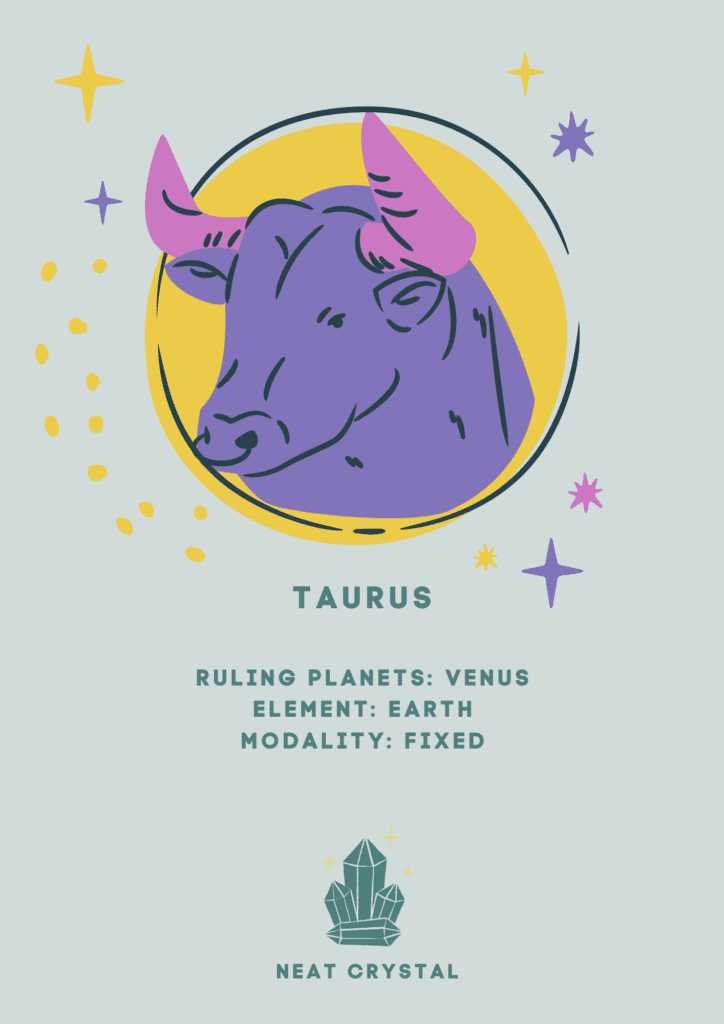
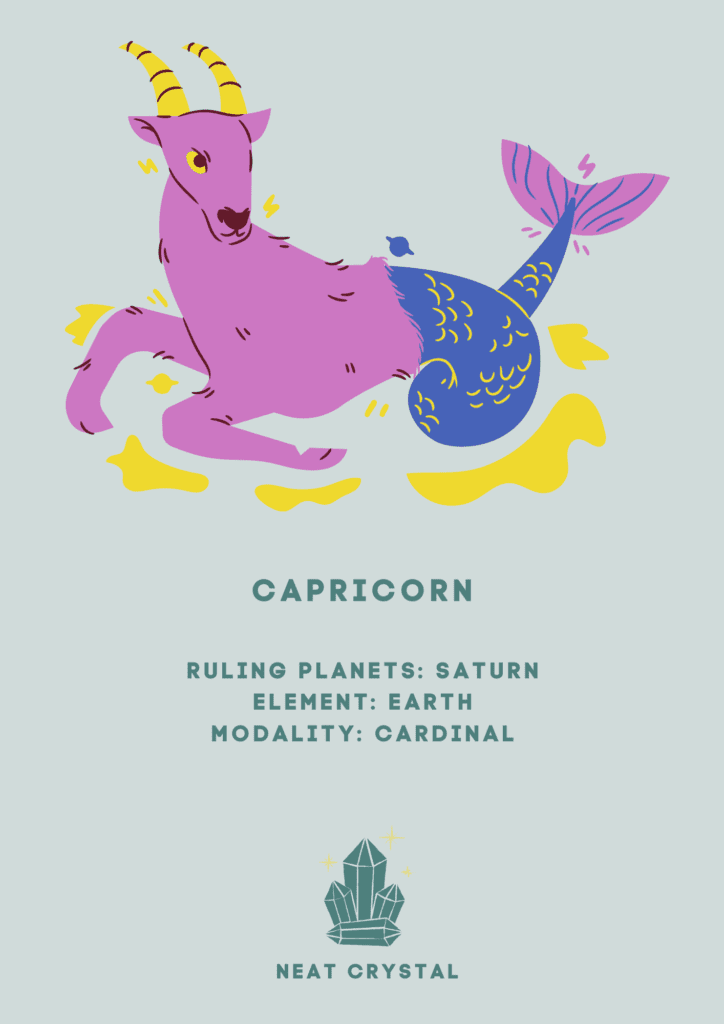
Also read: The Complete Guide To Lapis Lazuli And The Zodiac Signs
Numerical Vibration
Morganite vibrates at 3. The number in numerology represents wisdom, peace, wealth, and harmony. It’s also associated with confidence, expression, and high creativity levels. As a psychic number, it represents ambition and greatness. Crystals of this vibration inspire wisdom and curiosity.
Peach sapphire vibrates at 7. The number represents the pursuit of knowledge. In Christianity, the number represents perfection and completion, as it is connected to the seven days of creation. The energies of this number are characterized by wisdom and spirituality.
Best Combinations
These stones can each be paired with other crystals and gems to amplify or complement their properties.
Peach sapphire can be paired with amethyst to increase creativity, concentration, and positive thoughts. This combination will bring you peace and eliminate destructive thinking patterns. The stone will also work well for the heart chakra when paired with morganite or any stones related to the heart chakra. The combination enables the release of old trauma and tension to achieve inner peace, love, and healing. It also increases empathy, patience, and assurance
Morganite can be used together with pink tourmaline for the heart chakra. The combination restores love and brings emotional and physical healing. Rose quartz can be paired with both morganite and peach sapphires for harmony, trust, and healing of emotional wounds.

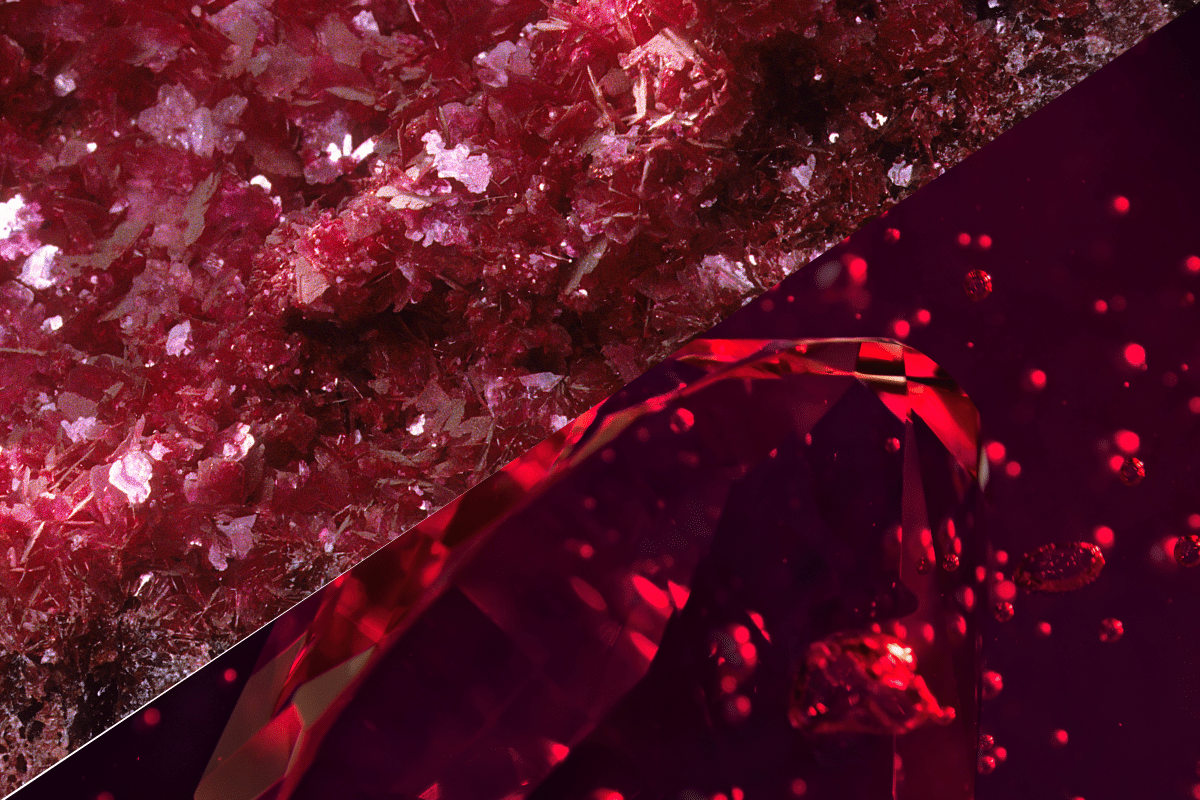
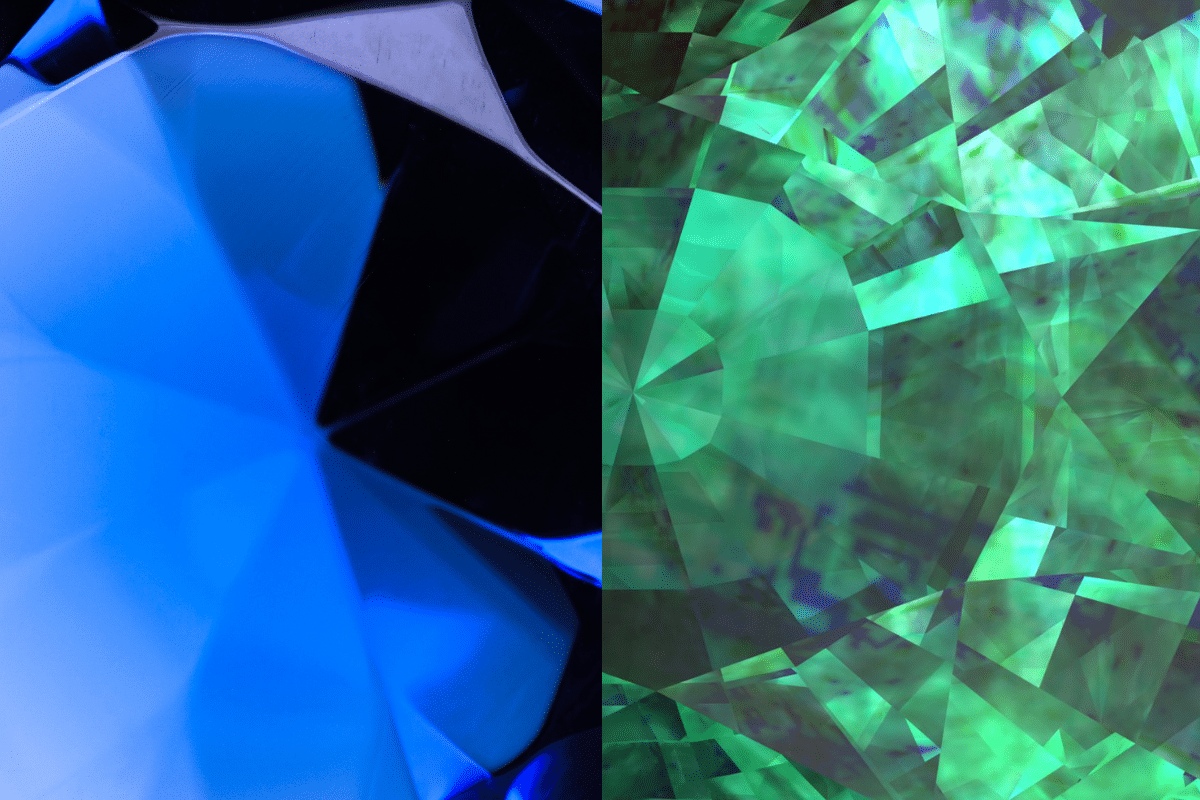
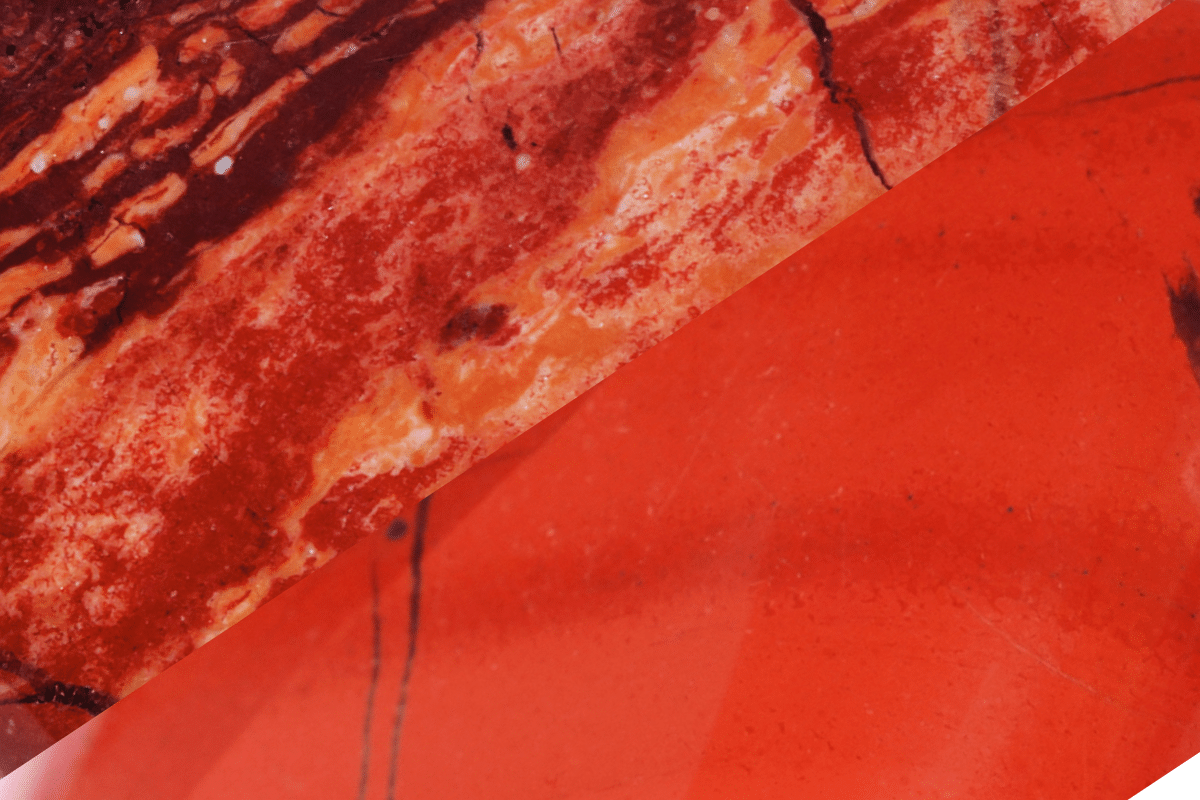
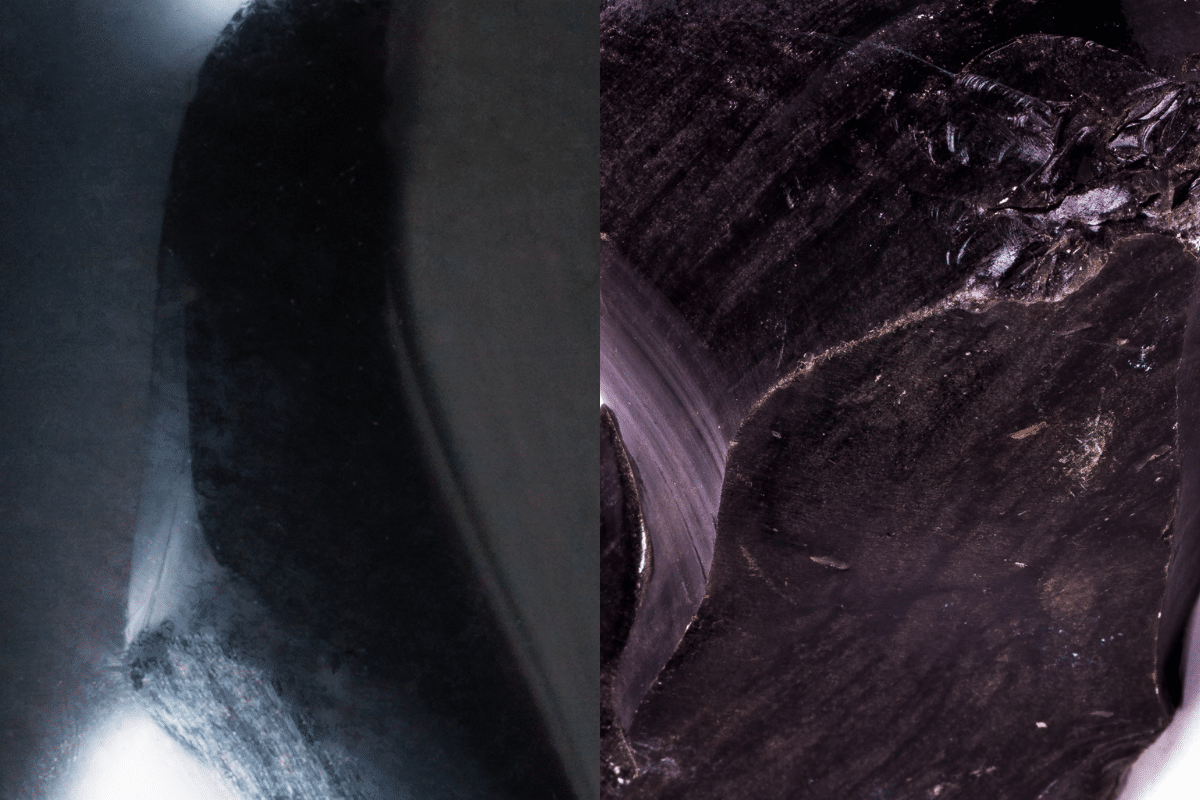
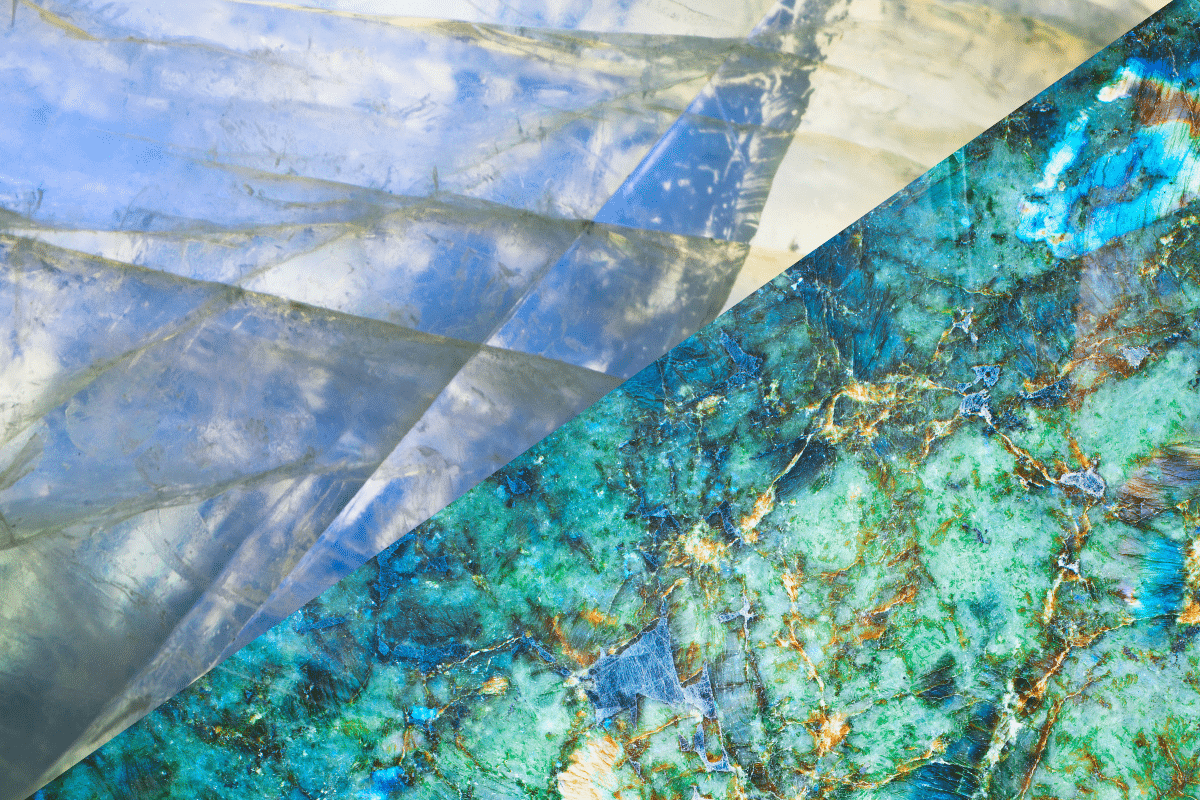
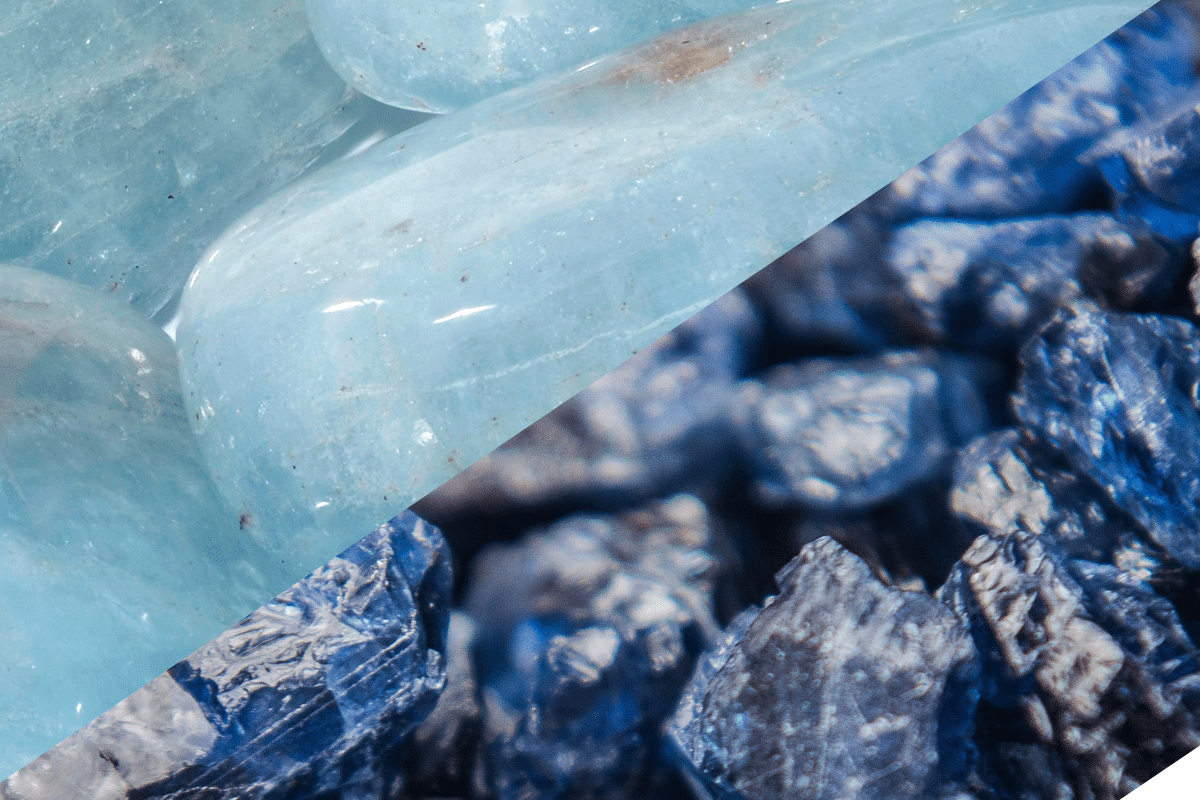
4 Comments